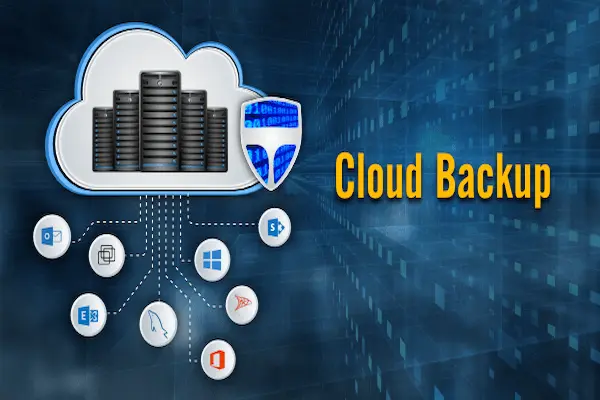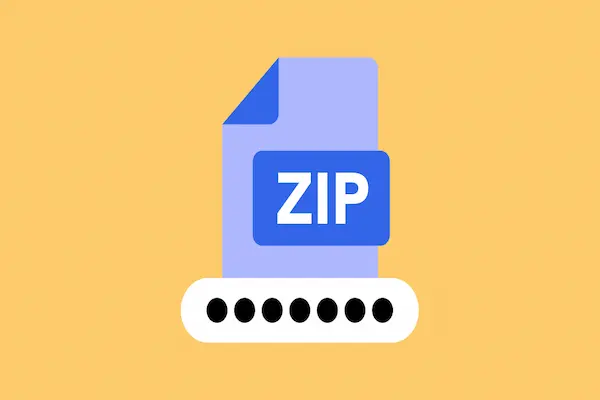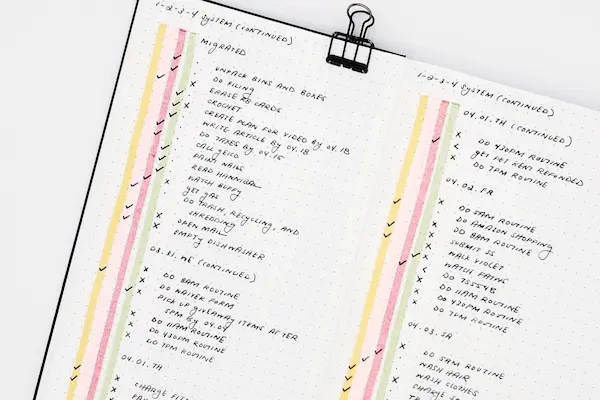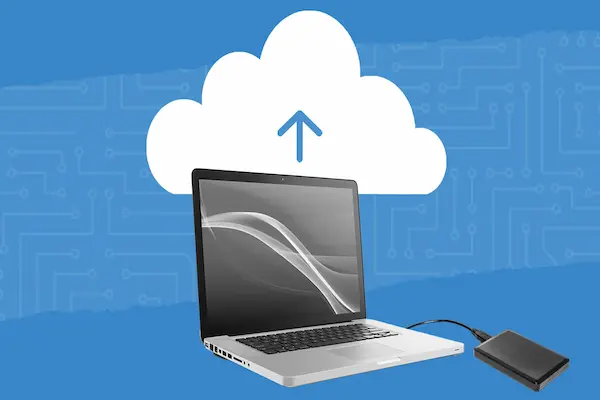Learn how to manage passwords basics with simple and safe strategies to protect your accounts, avoid risks, and stay secure online.
Today, almost everything we do depends on passwords.
Whether it’s logging into social media, email accounts, banking apps, or even streaming services, passwords act as the first line of defense against intruders.
The problem is that many people still use weak combinations, repeat the same password across multiple sites, or don’t know how to store them safely.
This creates gaps that cybercriminals can easily exploit.
The good news is that learning how to manage passwords basics is simple, and you don’t need to be a tech expert to do it.
With just a few practical steps, you can create strong passwords, store them securely, and protect your digital life more effectively.
In this article, we’ll explain everything you need to know about creating, storing, and managing passwords so your security is always up to date.
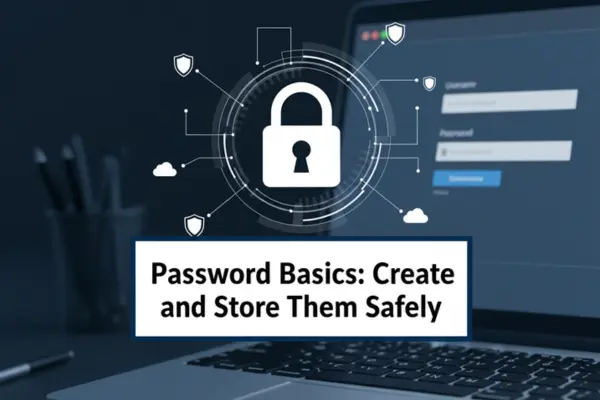
Understanding how to manage passwords basics
Before you start creating strong and unique passwords, it’s essential to understand the real role they play in your digital life.
Think of a password as a lock and key system.
If the lock is fragile, anyone can break in.
If the key is simple, predictable, or poorly stored, it’s like leaving your front door wide open for intruders.
That’s why learning how to manage passwords basics is not only about convenience — it’s about protecting your identity, your finances, and your personal information from being misused.
A well-managed password strategy creates a protective wall around your accounts, ensuring that even if one system is attacked, the rest of your digital life remains safe.
Here are some key points to keep in mind:
- Weak passwords increase the risk of hacking – short, common words or easy combinations can be cracked in seconds.
- Reusing the same password multiplies your vulnerability – if one account is breached, attackers can use it to access everything else.
- Storing passwords in unsafe places is dangerous – notebooks, text files, or sticky notes can easily be lost or stolen.
- Two-factor authentication (2FA) is a game-changer – it adds an extra checkpoint that makes unauthorized access far harder.
- Password management is an ongoing habit – creating a strong password once isn’t enough; you need to maintain, update, and protect them regularly.
When you understand these principles, you realize that managing passwords is less about memorizing dozens of complicated strings and more about adopting smart habits that keep your digital world secure without adding unnecessary stress.
Benefits of how to manage passwords basics
Developing healthy password habits goes far beyond simply keeping hackers out of your accounts.
It brings real advantages to your daily life, helping you feel more secure and in control every time you go online.
When you apply the principles of how to manage passwords basics, you build a safety net that protects both your personal and professional information.
Here are the main benefits, explained in more detail:
- Protects your personal data from scams – Strong, unique passwords make it much harder for criminals to access sensitive information such as your address, phone number, or identification documents.
- Prevents financial losses – Many breaches start with a single weak password. By managing them correctly, you reduce the risk of attackers gaining access to your banking apps, e-commerce accounts, or digital wallets.
- Makes secure access easier – Using a password manager means you don’t need to memorize dozens of complex strings. With one master key, you can unlock your accounts safely and quickly.
- Reduces stress from forgotten or misplaced passwords – No more wasting time trying to reset accounts or recover lost access. Organization saves you effort and frustration.
- Increases overall digital privacy – Good password practices reduce the chances of someone snooping into your personal life, reading your emails, or accessing private conversations.
- Boosts confidence online – When you know your passwords are safe, you browse, shop, and communicate with peace of mind, without constantly worrying about security risks.
- Supports long-term security habits – By managing passwords correctly, you’re also training yourself to be more attentive about digital hygiene in general, which benefits all aspects of your online life.
Adopting password management basics is not just about avoiding risks — it’s about gaining peace of mind, saving time, and ensuring that your digital presence remains both safe and efficient.
Common mistakes in how to manage passwords basics
Even though most people already know that password security is essential, many still fall into habits that leave their accounts exposed.
These errors may seem harmless at first, but they significantly increase the chances of attacks, data theft, or unauthorized access.
That’s why understanding how to manage passwords basics also means learning what not to do.
Here are the most frequent mistakes explained in more detail:
- Using easy passwords – Combinations like “123456,” “password123,” or even names and birthdays are the first guesses attackers try. Hackers use automated tools that test millions of weak passwords in seconds, so simplicity equals vulnerability.
- Reusing the same password across multiple accounts – This is one of the most dangerous habits. If one service suffers a breach, attackers can try the same password on your email, bank, or social networks, gaining full access to your digital life.
- Writing passwords down in unsafe places – Storing them in notebooks, sticky notes, or unprotected text files makes them easy to steal. If someone gains physical or digital access, your accounts can be compromised instantly.
- Ignoring two-factor authentication (2FA) – Many platforms now offer this extra layer of security, but some users don’t enable it. Without 2FA, a stolen password is often enough for criminals to get in. With it, the intruder would also need your phone or authentication app.
- Sharing passwords without control – Whether with friends, family, or coworkers, sharing login credentials exposes you to risks. People might reuse your password elsewhere, forget to log out, or pass it along to others without realizing the danger.
- Not updating old passwords – Sticking with the same password for years gives attackers more time to crack it, especially if it was used on platforms that suffered breaches.
- Overlooking password managers – Some avoid using them out of fear, but safe and reliable tools actually strengthen your security by creating and storing complex, unique passwords for every account.
In summary, most password mistakes come from choosing convenience over safety.
By avoiding these common traps, you’ll already be several steps ahead in keeping your digital life protected.
How to manage passwords basics step by step
Now let’s look at how to put this into practice in a simple way.
Create strong passwords
Combine uppercase and lowercase letters, numbers, and symbols. The longer and more complex, the better.
Avoid personal information
Don’t use birthdays, family names, or other details that are easy to guess.
Use different passwords
Each account should have a unique password. If one is compromised, the others remain safe.
Enable two-factor authentication (2FA)
Activate it whenever possible to add a second barrier against intrusions.
Update regularly
Change your passwords from time to time, especially for sensitive accounts like email and banking.
Tools for how to manage passwords basics
Managing multiple unique passwords may seem difficult, but there are tools that make it much easier.
| Tool | Main function | Best for |
|---|---|---|
| LastPass | Password vault + auto-generation | People who want convenience |
| 1Password | Secure storage + sharing | Families and small teams |
| Bitwarden | Open-source password manager | Users who prefer free software |
| Dashlane | Security alerts + digital wallet | People seeking extra features |
| Browser managers | Built-in storage in browsers | Users who want simplicity |
These tools create, store, and sync passwords across devices, reducing the risk of forgetting or leaking them.
How to manage passwords basics for families
Password management isn’t just for companies.
At home, families often share accounts for streaming services, shopping, or even financial apps.
That’s why safe practices are important for everyone in the household.
- Use password managers with shared folders.
- Teach family members not to use weak passwords.
- Encourage the use of two-factor authentication.
- Create separate passwords for each shared service.
How to manage passwords basics at work
In workplaces, poor password habits can compromise sensitive data and affect the entire team.
To prevent that, organizations must adopt clear policies.
- Define strong password creation rules.
- Use corporate password managers with auditing.
- Never share passwords via email or chat.
- Require regular changes for critical systems.
How to manage passwords basics on your phone
Phones are the most commonly used devices, and they deserve extra care.
- Enable biometric authentication (fingerprint or face ID) when available.
- Use a strong lock screen password.
- Avoid storing passwords in unsecured notes.
- Rely on trusted apps for secure storage.
Best practices for how to manage passwords basics
To keep your digital life safe, apply these daily best practices:
- Never share your passwords with anyone.
- Be cautious of suspicious links asking for login credentials.
- Change passwords whenever you suspect a breach.
- Create long passwords with at least 12 characters.
- Use trustworthy password managers to stay organized.
Compliance and transparency
This article is for educational purposes and aims to teach how to manage passwords basics in a practical and safe way.
We have no partnership, affiliation, or control over any apps, brands, or platforms mentioned.
The information provided is general and should be adapted to your own reality.
Our goal is to provide trustworthy, safe content aligned with Google’s best practices and compliance guidelines.
